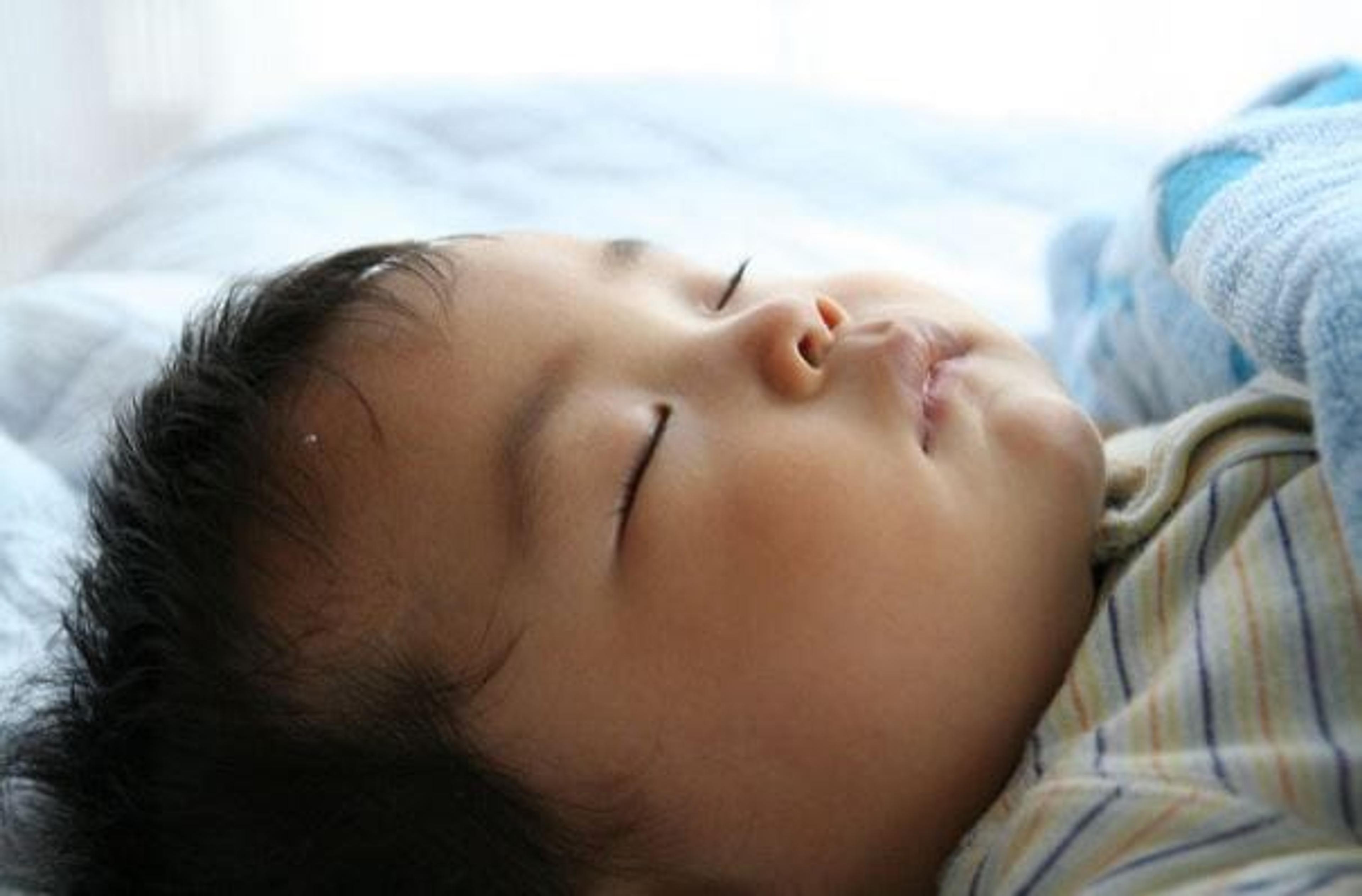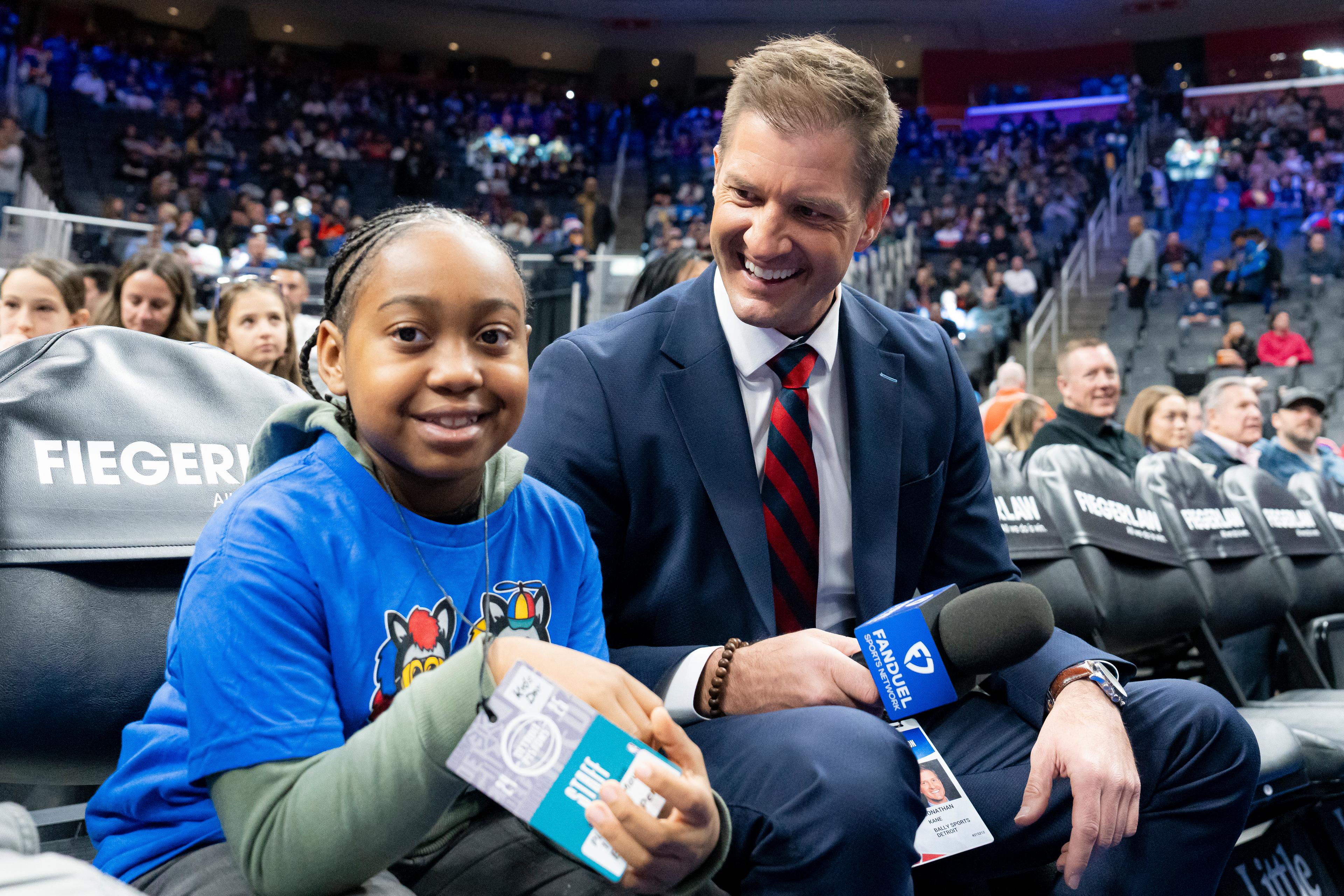
Parenthood is full of excitement, love and some uncertainty—it’s not always easy to know the best way to nurture a baby’s physical and mental health. And one area that’s especially confusing is how to keep a baby safe while sleeping. Parents can be given conflicting pieces of advice that make their child susceptible to harm. These risks could lead to Sudden Infant Death Syndrome (SIDS) - the unexplainable death of a seemingly healthy baby that, oftentimes, happens during their sleep. Experts believe there are certain physical factors that can lead to SIDS, including a defect in the portion of the baby’s brain that controls breathing and awakening, low birth weight or a recent respiratory infection. There are also environmental factors that can make it tough for a baby to breathe while sleeping, like putting them to sleep on their side or stomach or having extra items in the bed like blankets or stuffed animals. In the United States in 2017, there were approximately 1,400 infant deaths caused by SIDS. One unique way to bring those numbers down is something called a baby box program, which has been adopted by the state of New Jersey. Parents of newborns are given a cardboard box full of essentials like diapers, baby wipes, baby socks, a washcloth and bib. And the box itself doubles as a crib (it comes with a fitted mattress). The idea is that the snug fitted sheet and firm mattress create the safest environment to prevent SIDS. But, you don’t need to put your baby to sleep in a box to keep him or her safe. Here are other steps you can take to protect your little one:
- Back is best. Babies should sleep on their back for the first year of their life. Don’t put them down on their side or stomach.
- Allow your baby to sleep solo... While parents may want to snuggle their little one through the night, it’s safest to allow them to sleep in their crib on their own to avoid the risk of being rolled over on.
- …and we mean solo. Remove all objects from your child’s bed to avoid the danger of strangulation or suffocation. Even soft objects like bumpers, blankets, pillows and stuffed toys are unsafe to leave in the crib.
- Place your baby on a flat surface. Ensure that your baby is sleeping on a firm, flat mattress with a tightly-fitting sheet. The mattress should fit perfectly into the crib so there are no gaps between the sides and the mattress.
For more resources that can help in the journey through parenthood, visit these blogs:
- Eliminating Unsafe Sleep Key to Reducing Michigan’s Infant Mortality Rate
- Group Prenatal Care Proves Beneficial for Mom and Baby
- Is Your Baby Sleeping Safely? Here are 7 Recommendations to Make Sure You Know
Photo credit: Yoshihide Nomura





